An overwhelming 82% of these injuries affected men, highlighting a significant gender disparity in the occurrence of such incidents.
The age group most susceptible to weightlifting injuries was individuals aged 13 to 24, making up 47% of the total cases, drawing attention to the need for heightened vigilance in this age bracket.
A striking 90% of all weightlifting injuries were attributed to free weights, underlining the particular hazard posed by this type of equipment.
These statistics serve as a reminder of the importance of adopting responsible and safety-conscious practices when lifting weights. By acknowledging the potential risks, individuals can better protect themselves and others while engaging in weightlifting activities, promoting a safer and more fulfilling fitness experience.
What is the SMITH MACHINE?

Behind each vertical post (runner) is a series of slots on which the barbell can be hooked. This means that unlike an ordinary barbell, the Smith machine need not be re-racked after a set of repetitions: it can be secured at any point. This is intended to make it safer for those who lift without a spotter, as one only needs to twist the wrist in order to lock the barbell in place in the event that the weight becomes too great. Most models also incorporate blocks, pegs, or other devices which can be adjusted to automatically stop the barbell at a predetermined minimum height.
Safety Features of the Smith Press Machine

Catch Rod(PART B): The catch rod is a long metal rod that is positioned within the Smith machine's vertical guide rails, often at the rear of the machine. The height of the catch rod can be adjusted to accommodate different exercise heights and the user's preferences. When lifting weights, the barbell travels along the fixed vertical path within the Smith machine's rails. If the lifter is unable to complete a repetition or perform a lift properly, they can allow the barbell to descend until it reaches the catch rod's height.This safety feature is especially crucial during exercises like squats, bench presses, and overhead presses, where the lifter might encounter muscle fatigue or struggle to lift the weight back to the starting position.
Fixed Bar(PART C): The Smith bar moves in a vertical plane, guided by the machine's rails. This controlled movement helps maintain stability during various exercises, reducing the risk of the barbell swaying or veering off its intended path, which could be beneficial to beginners as it offers a degree of assistance during exercises. The guided path makes it easier to perform movements with proper form, reducing the likelihood of accidents resulting from incorrect technique.
The fixed bar ensures that the lifter follows a consistent and stable path during exercises like squats, bench presses, and overhead presses. This can reduce the risk of injuries caused by uncontrolled movements or deviations from the correct lifting pattern.
J-Hooks(PART D): The primary function of J-Hooks is to hold the barbell securely in place at a comfortable height for the lifter. They act as a stable resting point for the bar, ensuring it doesn't roll or slide off during setup or between repetitions. J-Hooks are designed to be easily adjustable along the vertical columns of the power rack. Lifters can quickly set them at the desired height for different exercises or users of varying heights. This adaptability ensures proper bar placement for safe and efficient lifting. Placing the barbell on the hooks at an appropriate height before starting an exercise allows the lifter to bail out safely if they reach failure or are unable to complete a repetition. The barbell can be racked onto the J-Hooks without having to rely on a spotter. Placing the barbell on J-Hooks helps protect weight plates from potential damage.
Safety Catch(PART F): The Safety Arm is a sturdy metal bar or strap that can be adjusted to different heights within the power rack. It offers versatility, allowing lifters to customize its position according to their exercise needs and individual height.The main purpose of the Safety Arm is to catch the barbell in the event of a failed lift or when the lifter is unable to complete a repetition. If the lifter reaches muscle failure or loses control of the weight, the Safety Arm prevents the barbell from descending any further. By catching the barbell during a failed lift, the Safety Arm minimizes the risk of injuries that could occur if the barbell were to fall on the lifter. It provides a safety net, reducing the potential for accidents and injuries during weightlifting exercises.
Exercises That Can Be Safely Done With Smith Machine
Smith Machine Squats: Squats in a Smith machine are generally considered safer than free weight squats, especially for beginners or individuals with limited mobility. The fixed vertical path of the barbell helps maintain stability during the movement, reducing the risk of the barbell tipping or falling backward.
Smith Machine Bench Press: The guided bar path in a Smith machine bench press can be advantageous for those who are new to lifting or have difficulty stabilizing the barbell during free weight bench presses. The machine provides more control, making it easier to focus on proper form and technique.
Smith Machine Shoulder Press: Similar to the bench press, the guided bar path in a Smith machine shoulder press allows lifters to perform the exercise with more stability. This can be helpful for individuals with shoulder mobility issues or those looking to isolate the shoulder muscles with less concern for balance.
Smith Machine Bent-Over Rows: The Smith machine can be useful for performing bent-over rows safely. The guided movement of the barbell reduces the risk of rounding the back during the exercise, making it a more controlled movement.
Smith Machine Lunges: Lunges in a Smith machine can be safer, particularly for those who struggle with balance. The fixed bar path allows lifters to focus on proper lunging form without worrying about the barbell's lateral stability.
Smith Machine Romanian Deadlifts (RDLs): RDLs in a Smith machine provide a stable and controlled movement pattern. The machine helps maintain a consistent bar path and can be beneficial for lifters who are learning the proper technique for this exercise.
What to avoid During Smith Machine Exercise To Increase Safety

To increase safety during Smith machine exercises, it's essential to avoid certain common mistakes and practices that could lead to injuries or compromise the effectiveness of the workout. Here are some things to avoid:
Excessive Weight: Avoid lifting weights that are too heavy for your current strength level. Gradually progress to heavier weights as your form and technique improve.
Leaning on the Bar: Don't use the Smith bar to support your body weight by leaning or pulling on it. This can put unnecessary stress on your joints and compromise proper lifting mechanics.
Placing Feet Too Far Forward: Keep your feet at a reasonable distance from the Smith machine's vertical bar. Placing them too far forward can lead to unnatural movement patterns and increase the risk of injury.
Rapid or Jerky Movements: Perform exercises with controlled and smooth movements. Avoid using momentum or jerking the weight, as this can strain your muscles and lead to accidents.
Ignoring Safety Catches: Always ensure that the safety catches or stops are correctly set at an appropriate height before beginning the exercise. These safety features are essential in case of muscle failure or the need to bail out of a lift.
Neglecting Warm-up: Always warm up before engaging in intense Smith machine exercises. A proper warm-up prepares your muscles, joints, and nervous system for the workout, reducing the risk of injury.
Neglecting Cool-Down: After completing your Smith machine exercises, don't skip the cool-down phase. Properly stretching and allowing your body to gradually return to a resting state can help reduce muscle soreness and promote recovery.
Ignoring Proper Form: Focus on maintaining proper form throughout the exercises. Incorrect form can lead to injuries and limit the effectiveness of the workout.
Excessive Range of Motion: Avoid excessive ranges of motion that may compromise your joints or result in discomfort. Perform movements within a comfortable and safe range for your body.
Overreliance on Smith Machine Exercises: While the Smith machine is a useful tool, it should not replace all free weight exercises. Incorporate a variety of equipment and exercises to promote balanced strength development.
Ignoring Physical Limitations: Be mindful of any physical limitations or injuries you may have. Modify exercises or seek professional guidance if necessary to accommodate your specific needs.
Neglecting Proper Footwear: Wear appropriate footwear with good grip and support to maintain stability during the exercises.


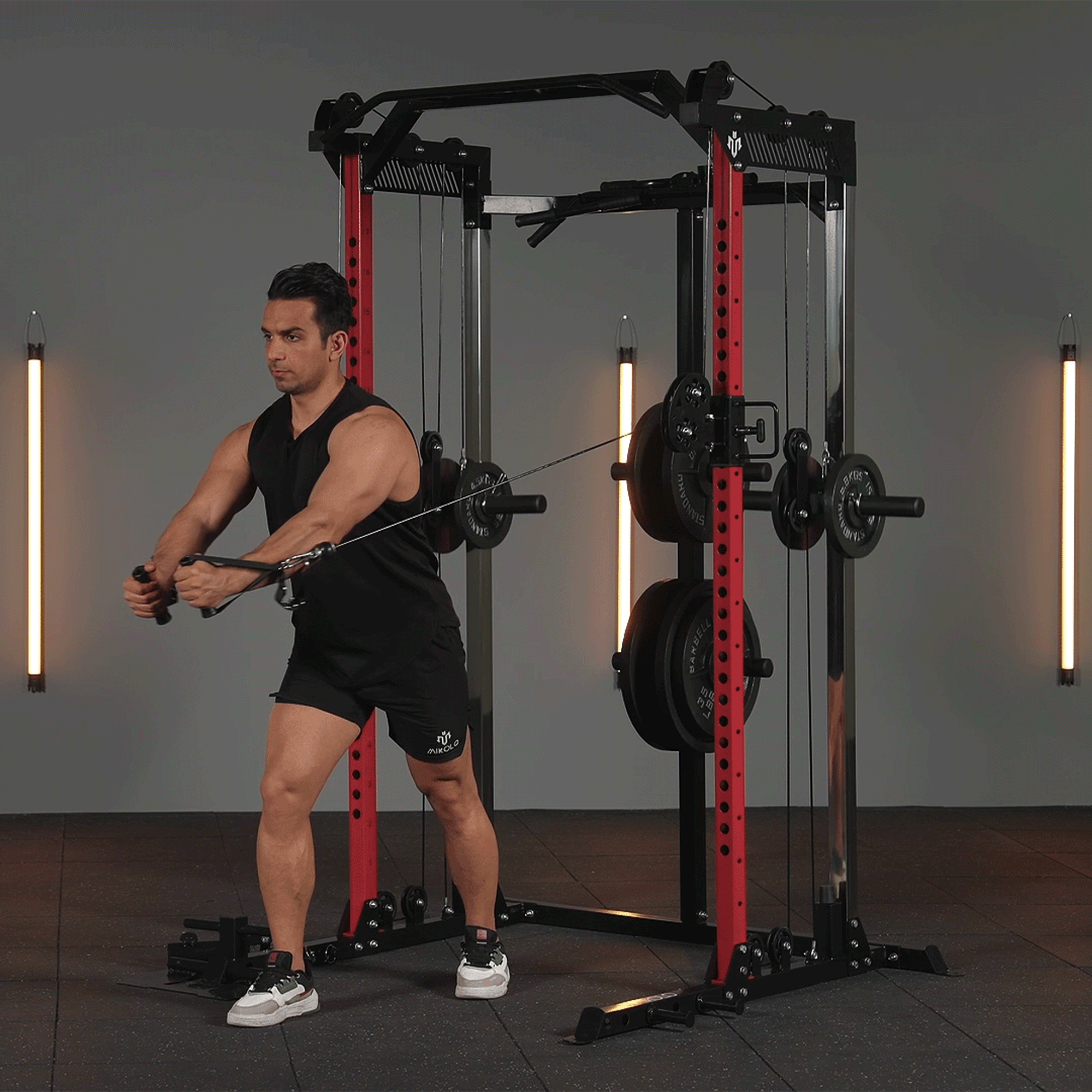


















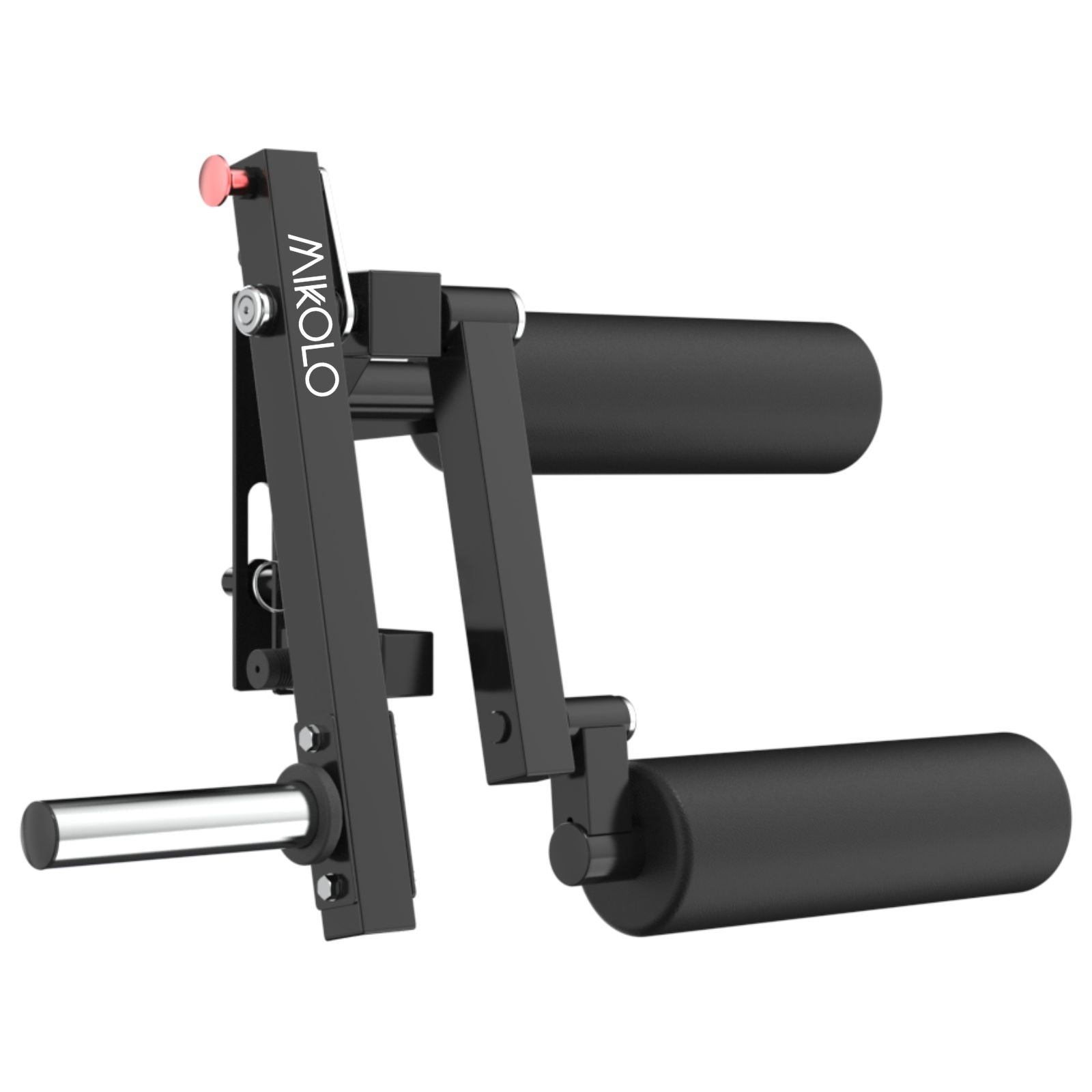












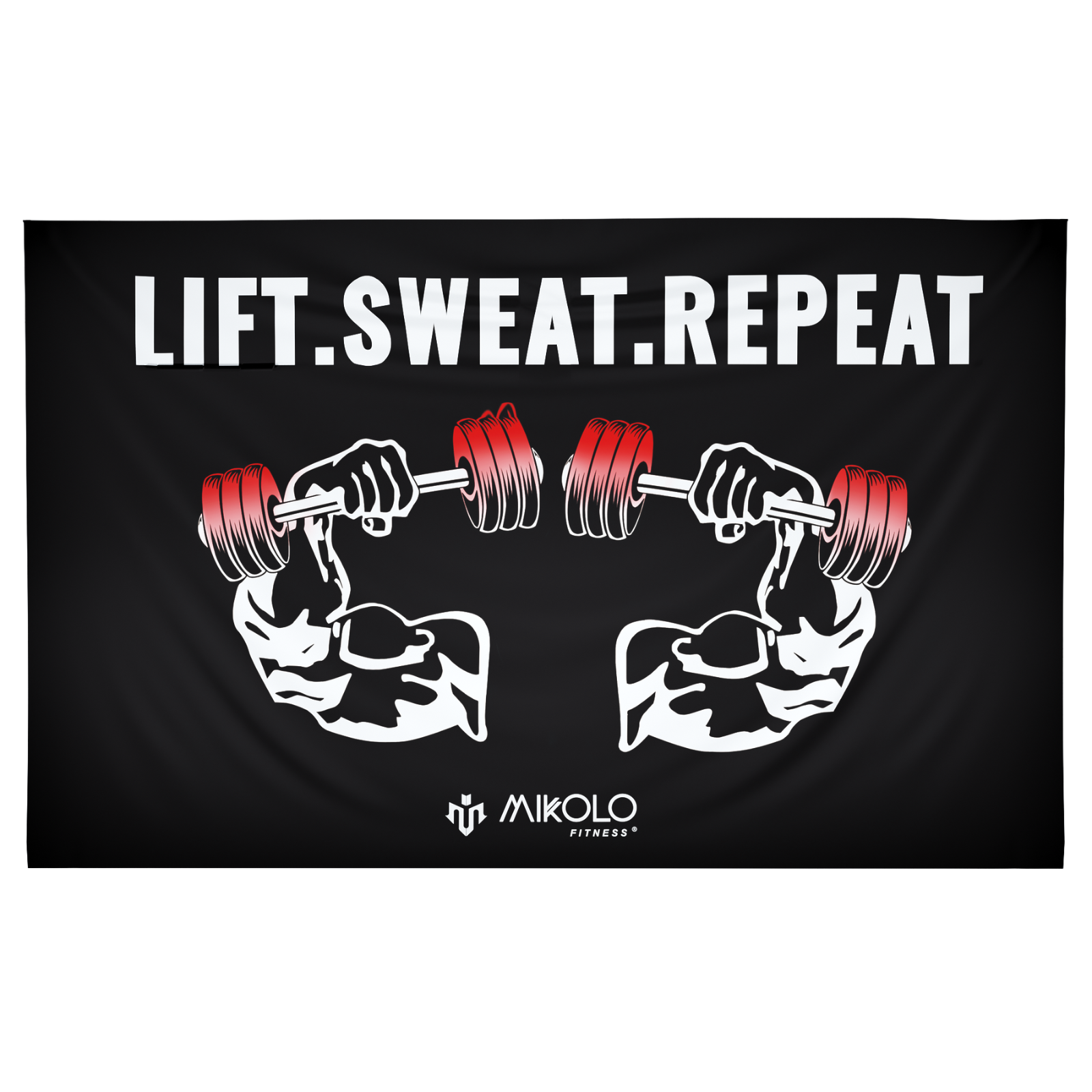


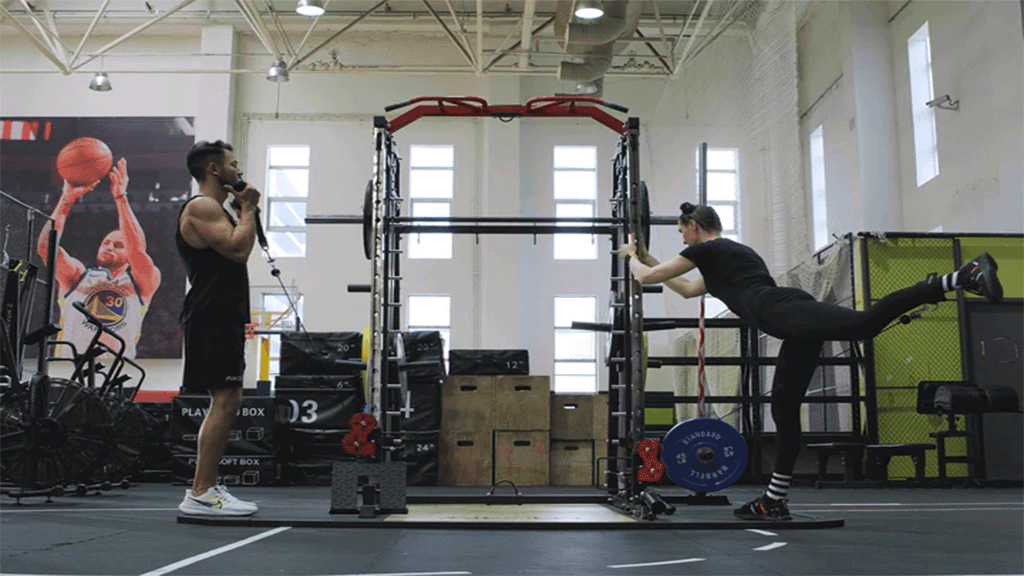

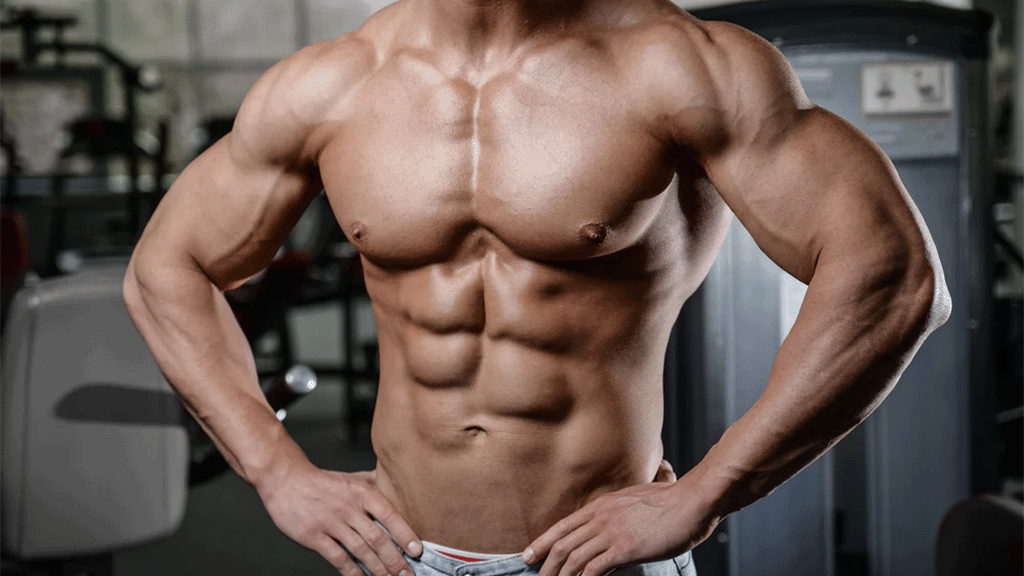
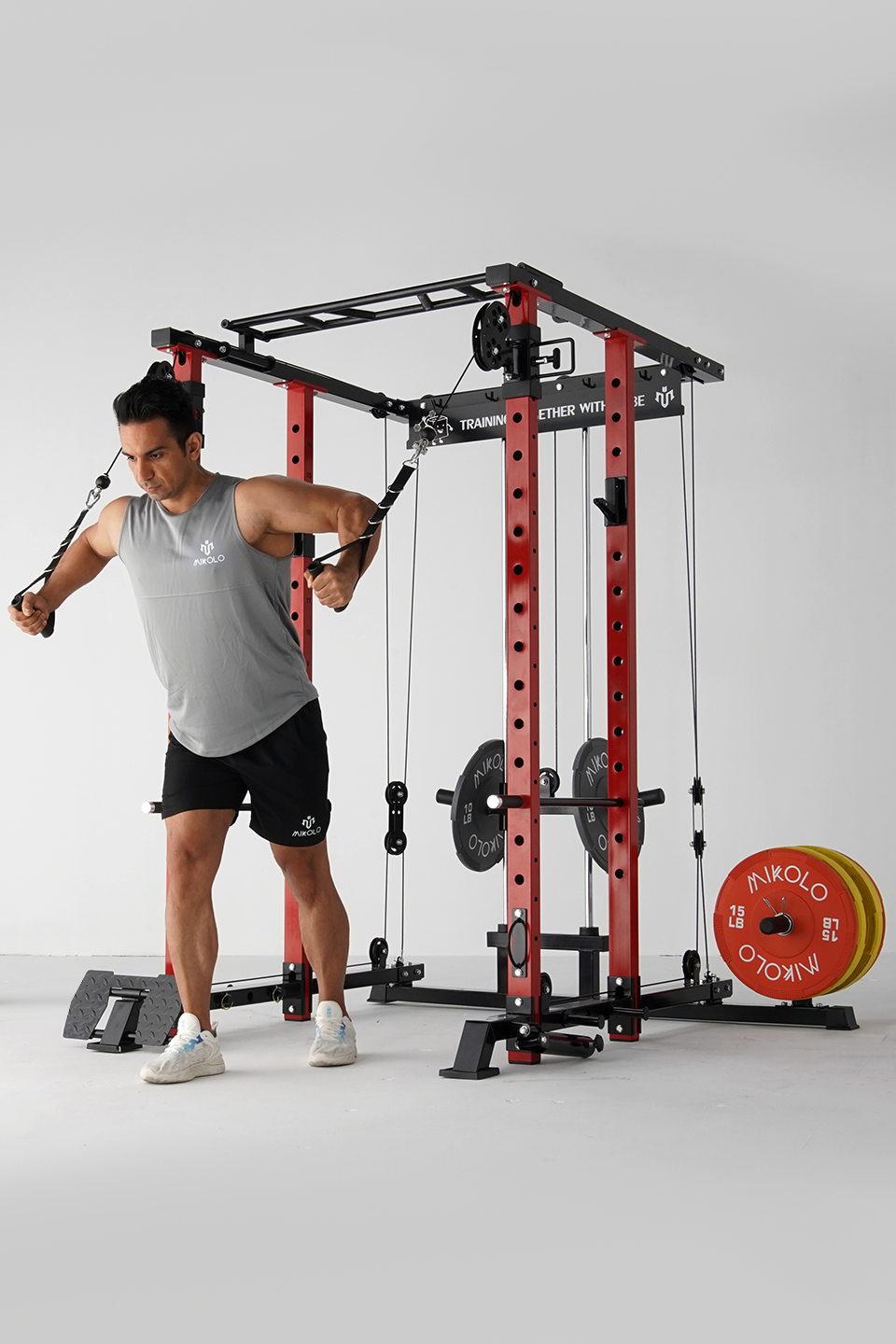
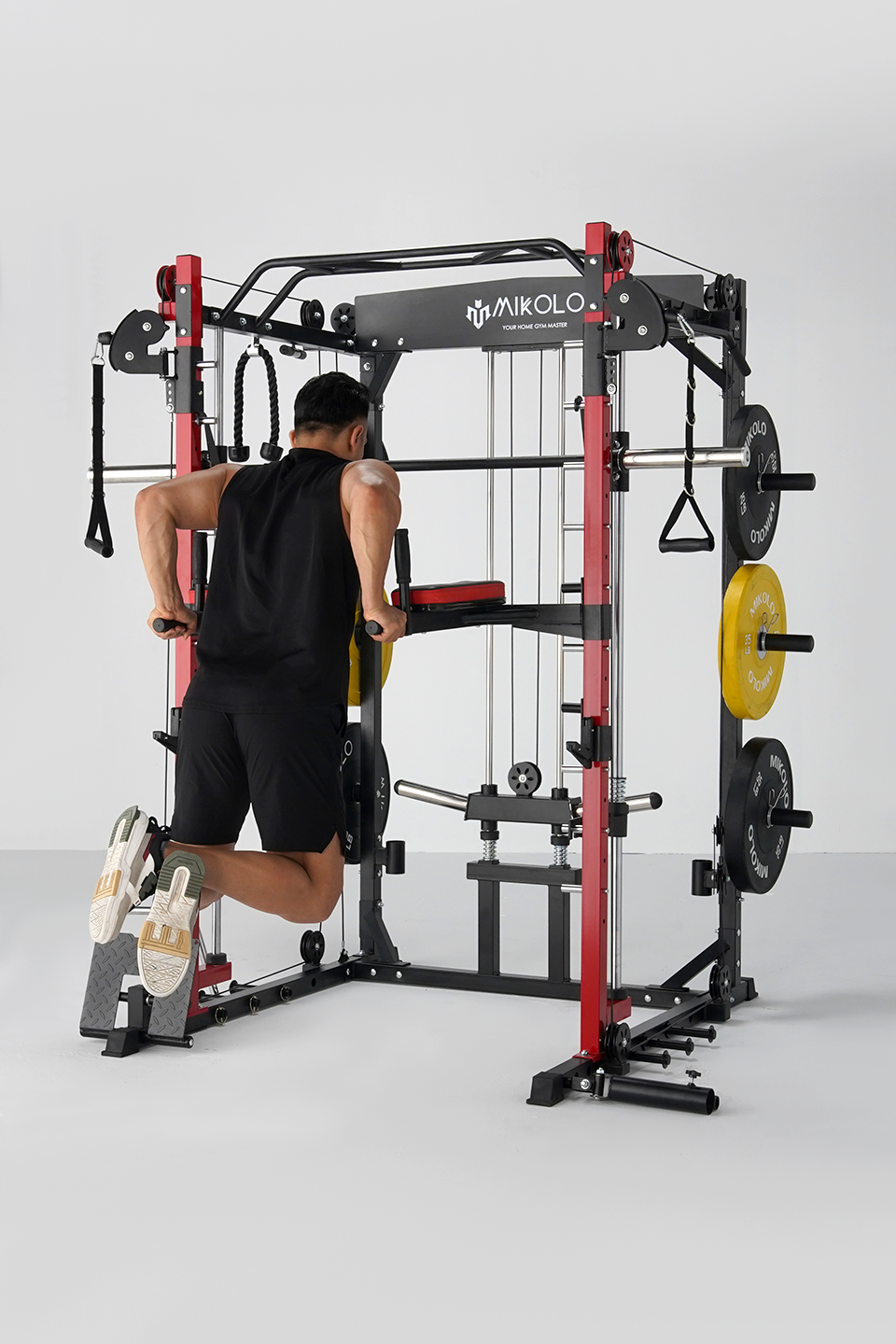


Leave a comment
This site is protected by hCaptcha and the hCaptcha Privacy Policy and Terms of Service apply.